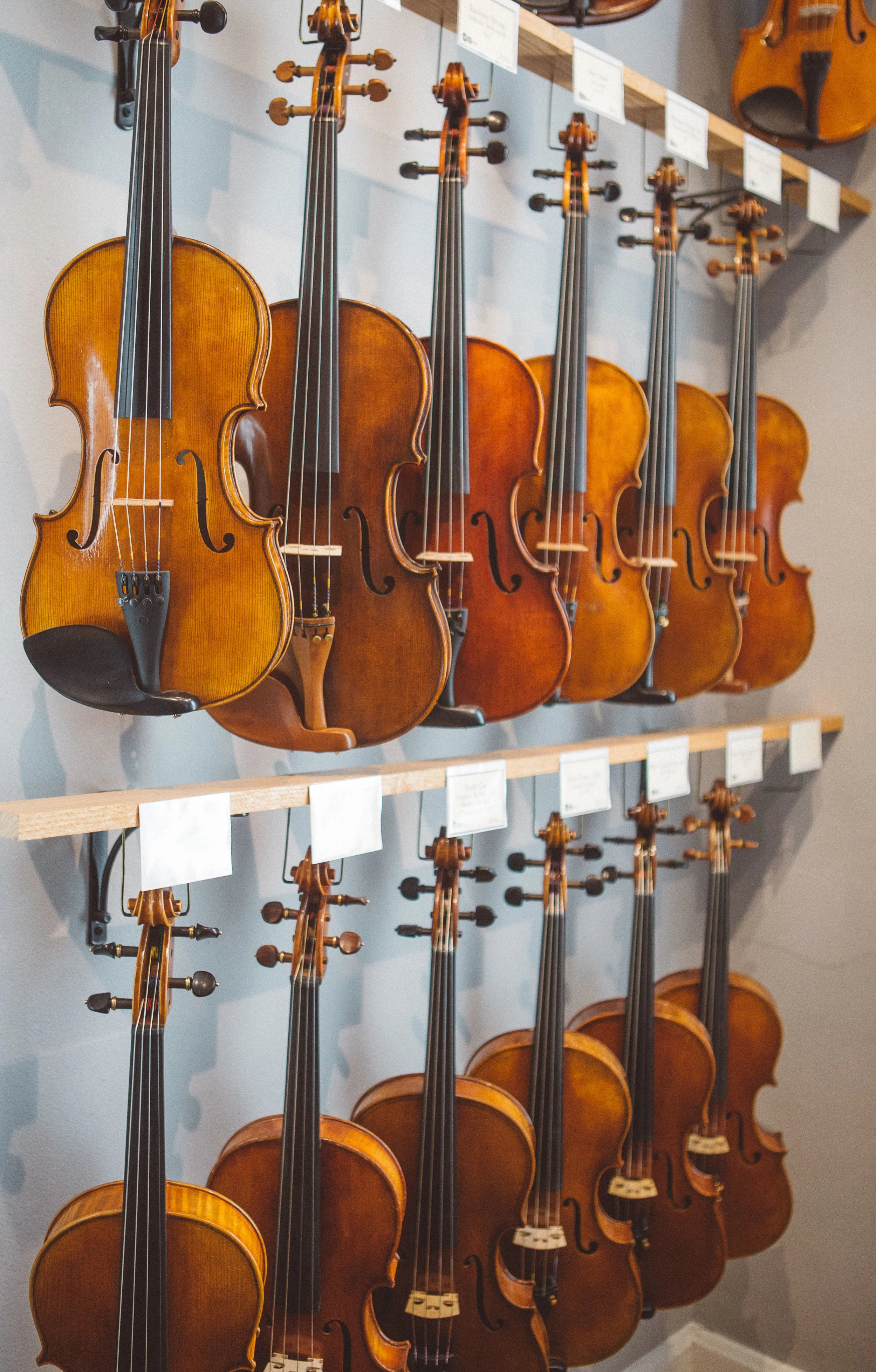LEARNING TO PLAY THE VIOLIN AS AN ADULT
It’s never too late to learn to play the violin, even if you didn’t have the opportunity as a child. In fact, many adults have successfully learned to play the violin and have become accomplished players. While it’s true that learning to play the violin can be challenging, especially if you have no prior musical experience, it’s important to remember that anyone can learn with the right approach and dedication.It may be challenging to find time to practice if you have a busy schedule. Hence, it’s important to schedule practice sessions into your day and stick to a consistent routine to ensure steady progress. There are several advantages and disadvantages to learning to play the violin as an adult. Here are some of the major pros and cons:
Pros
➤ Motivation: as an adult, you may have a stronger motivation to learn the violin because you have a clearer idea of why you want to learn and what you hope to achieve. You may also have a greater appreciation for the complexity and beauty of the instrument.
➤ Patience: adults often have more patience and discipline when it comes to learning a new skill, which can be beneficial concerning the more challenging aspects of playing the violin.
➤ Prior knowledge: adults may have previous musical experience or knowledge of music theory, which can be helpful when learning to play the violin.
➤ Resources: as an adult, you may have more resources and access to materials and lessons, making it easier to learn the violin and progress at a faster pace.
Cons
➤ Time commitment: learning the violin as an adult requires a significant time commitment, including regular practice and lessons. Balancing this with work, family and other commitments can be challenging.
➤ Physical challenges: playing the violin requires a great deal of physical coordination and dexterity, which can be more difficult for adults who may not have developed these skills as children.
➤ Learning curve: learning to play the violin as an adult may be more challenging because it may take longer to develop the muscle memory and fine motor skills needed to play the instrument well.
➤ Self-doubt: adults may be more prone to self-doubt and feelings of inadequacy, which can make it more difficult to stay motivated and committed to learning the violin.
Ultimately, the decision to learn to play the violin as an adult depends on your personal goals, motivation and willingness to put in the necessary time and effort. While there may be some challenges associated with learning to play the violin as an adult, with dedication and perseverance you can overcome them.
Tips for practicing the violin as an adult
If you’re an adult beginner violinist, here are some recommendations to help you get started:
➤ Set realistic expectations: learning the violin takes time and patience, so it’s important to set realistic expectations for your progress. Be prepared to start with the basics and build up your skills over time.
➤ Staying motivated: staying motivated can be challenging; but it’s essential to take breaks, find inspiration from other musicians or switch up your practice routine to keep yourself interested and engaged.
➤ Overcoming frustration: the violin is a complex instrument and it can be frustrating when progress stalls. Taking a break and coming back to the piece with a fresh perspective or breaking down the music into smaller parts can help overcome plateaus.
➤ Find a good teacher: as an adult beginner, it’s especially important to find a qualified teacher who can guide you through the process. Look for a teacher who has experience working with adult beginners and who can give you a solid foundation in technique and musicianship.
➤ Rent or purchase a good quality instrument: a good quality violin can make a big difference in your playing, so it’s worth investing in a decent instrument. If you’re not sure if you want to commit to buying a violin, consider renting one.
➤ Develop a regular practice routine: regular practice is the key to making progress, so try to establish a consistent practice routine. Start with shorter practice sessions and gradually increase the length and frequency as you become more comfortable with the instrument.
➤ Focus on technique: developing good technique is essential to playing the violin well, so make sure you spend time focusing on it from the beginning. This includes proper posture, hand position, bow hold and finger placement.
➤ Be patient and persistent: learning to play the violin as an adult can be challenging, but it’s important to be patient and persistent. Don’t get discouraged if progress feels slow at first; with consistent practice and effort, you will gradually build up your skills and become a more proficient player.
➤ Join a community: joining a community of other adult violinists, whether an orchestra, an ensemble or a group lesson, can provide support, motivation and opportunities to play with others.
Remember that learning to play the violin can be a rewarding and fulfilling experience, regardless of your age or previous musical experience. With dedication, persistence and the right support, you can become a proficient player and enjoy the many benefits that playing the violin can bring.
FREQUENTLY ASKED QUESTIONS
-
Yes, absolutely! It’s never too late to start learning to play a musical instrument like the violin, regardless of your age.
-
Definitely. Everyone has to start somewhere. Whether you’re a complete beginner or someone who has played the violin before but stopped for some time, you can still learn to play the violin as an adult.
-
The best way to start learning the violin is by finding a good teacher who can guide you through the process. You can also consider joining an orchestra or taking group classes with other adult beginners.
-
While buying a good quality violin can be costly, there are options available such as renting, leasing or buying second-hand instruments. As for lessons, prices can vary, but it’s worthwhile having a good teacher who can help you learn properly and avoid developing bad habits.
-
It’s recommended to practice the violin daily, even if it’s just for a short period of time. Consistency is key when learning an instrument.
-
A violin practice session should involve a warm-up, playing through exercises or pieces, working on specific techniques or areas to improve upon and cool-down exercises. It’s important to have a structured practice routine.
-
Yes, there are various online resources available for learning the violin, including video tutorials, virtual lessons with a teacher, and forums for asking questions and receiving feedback. However, having regular lessons with a teacher is highly recommended.
-
No, you don’t. However, having a basic understanding of music theory can be helpful.
-
It’s never too late to start learning something new, including the violin. You can start at any age and still learn and achieve your goals.
-
Learning the violin is a journey, not a destination, and the time it takes to learn depends on several factors such as the level of practice. Some people may progress faster than others, but the important point is to enjoy the process and keep practicing.
READ MORE ARTICLES
QUICK VIDEO TIPS
““Ultimately, the decision to learn to play the violin as an adult depends on your personal goals, motivation, and willingness to put in the necessary time and effort. While there may be some challenges associated with learning to play the violin as an adult, with dedication and perseverance you can overcome them.””





























